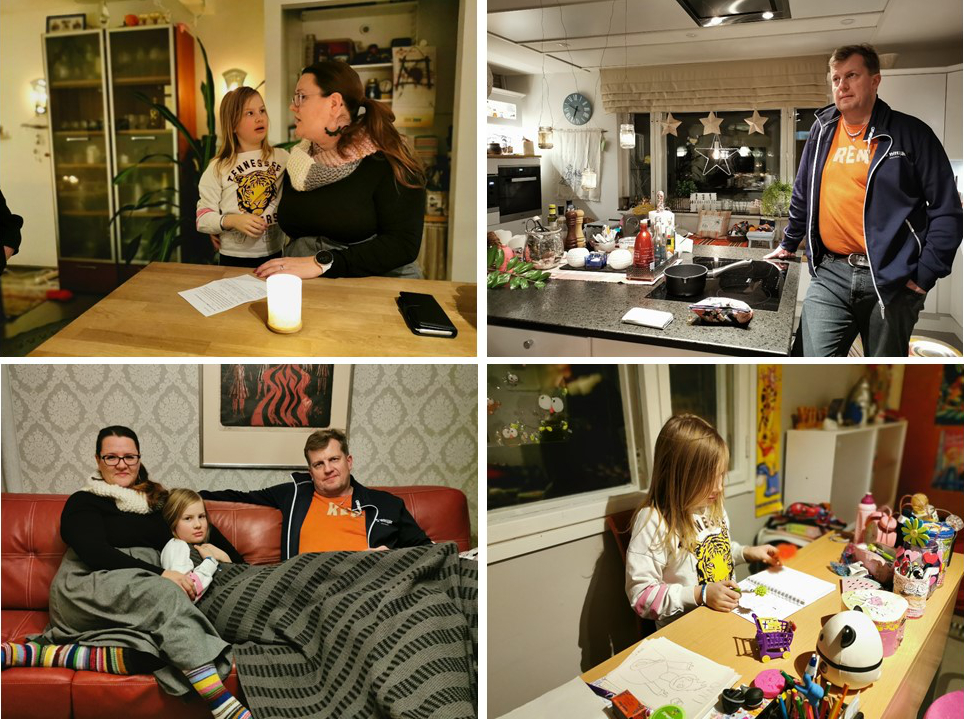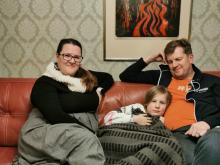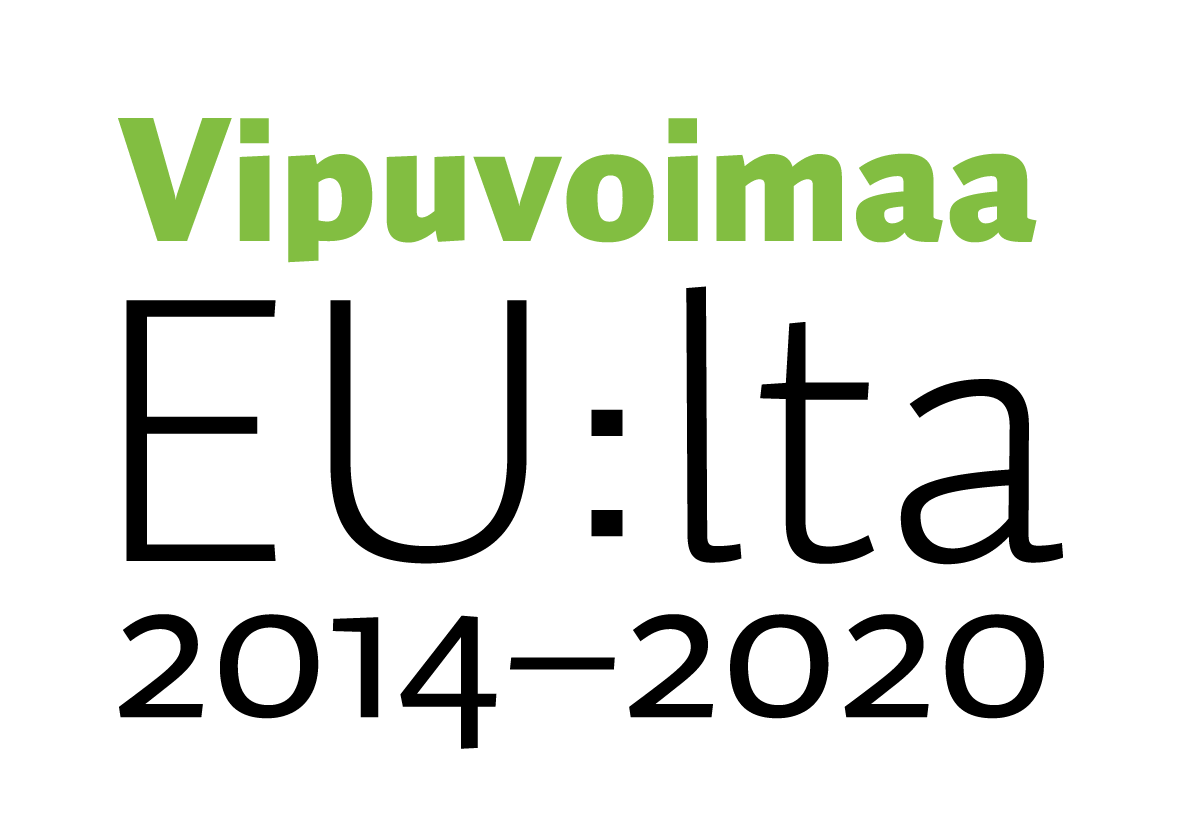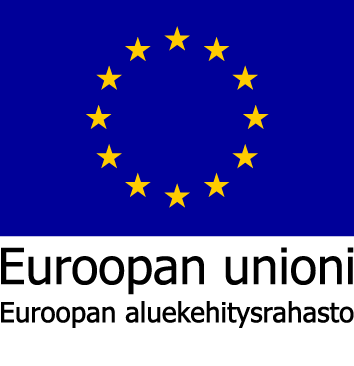The most important thing is to stop and think
The Holtari family home exudes warmth. Candles adorn the cosy kitchen, where Jami, the father, is listening to his favourite radio programme. The mother, Paula, returns home from a work trip and immediately offers me some woollen socks.
“Our floors are a little cold, so we’re a woollen sock family. Here’s a pair for you, too,” says Paula.
The family home is a stone house built in the fifties. It was renovated a few years ago from floor to ceiling – with full respect for its history. During the renovation, the oil heating system was replaced by geothermal heating, and Jami points out the Itula radiant ceiling panels that were also installed.
The conversation naturally turns to the theme of this interview: the sustainable daily life pilot. The Holtaris decided to take part in the pilot after realising that they didn’t really know exactly how their environmental load was being generated.
“We were feeling a little unsure about whether we were doing things right. There’s a lot of information available, but it’s often contradictory. We joined the pilot to get fact-based information and a sense of solidarity,” explains Paula.
Sustainable choices before and after the pilot
Before the pilot, the family’s carbon footprint was just under 13 tons of CO2 per person per year. This figure fell by about 8 per cent during the pilot, to about 12 tons of CO2 per person per year.
On the basis of the initial calculation, housing and travel were the family’s biggest sources of emissions. For the initial calculation, Jami thoroughly reviewed all of the family’s holidays over the past year, including their duration, what modes of transport they used, and where they stayed.
“We travel quite a lot, which was a blow to our result. And we’d already done many major things before the pilot: we’d already switched to geothermal heating and our second car is a hybrid. Our house is quite large, so it looks like an energy leech in the calculation, even though our energy consumption has fallen considerably as a result of the renovations and changing our heating system,” says Jami.
The family tried out as many sustainable measures as they had time for during one of the busiest periods of the year. They didn’t have to start from a completely clean slate, as they were able to see many everyday things in a new light thanks to the pilot.
“You’ve got time to try out some small, quick things in a month, but you can build on them over the longer term. For example, we’ve been looking for a suitable room temperature after our energy renovation, and during the pilot we lowered it by a few degrees to about 20°C,” says Jami.
“Any lower than that and I’ll freeze,” says Paula laughing.
“As we both work in the same building, we commute together in the same car as much as possible. Even before the pilot, we were using the car’s electric/hybrid mode for shorter journeys. We use the car for longer family trips when necessary, but generally favour trains for longer work trips: it’s safer and you can make better use of your travel time.
During the pilot, we also tried out K-Supermarket’s IsoK online store, and got a multi-compartment bin for sorting waste. Ordering food online was really handy, and I’d never imagined it would be good for the environment. It also saved us some money, as you don’t make impulse purchases when you order online, as you’re not shopping when you’re hungry.
The multi-compartment waste bin has also been really great. It’s really easy to sort waste and recycle when you have separate containers for different types of waste in your own backyard. We used to accumulate vast quantities of cardboard and glass before we took them for recycling.
The multi-compartment bin is emptied once a month, but the cardboard and plastic compartments sometimes fill up more quickly. However, the mixed waste should be emptied less frequently, as we don’t really generate that much anymore.
And nowadays, when I’m buying something, I find myself looking at the packaging through a slightly different lens. If there’s minced beef available in both old-style larger-sized and new-style smaller-sized packaging, I’ll take the new pack regardless of the cost. The same goes for other products. And sometimes I feel bad when I forget to take a cloth bag with me to the store.”
Ready to get involved again whenever
The family was left with a positive feeling after the pilot, even though they felt it could have been longer. Unless anyone vetoes the idea, the Holtaris are ready to get involved again.
“We’re proud as punch to have been involved in this. This kind of activity fits in really well with the Lappeenranta brand, and we’re happy to be a part of it. It feels good to be able to do something to promote sustainability,” says Jami.
“The most important thing we got from the pilot was the realisation that you have to stop and think. Plenty of things have been on my mind, but unless you spend time on something, nothing will actually get done,” says Paula.





